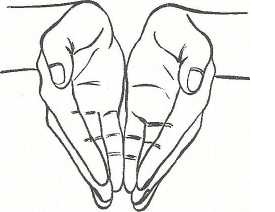|
In this book, we analyze the psycho-social consequences faced by Indian American children after exposure to the school textbook discourse on Hinduism and ancient India. We demonstrate that there is an intimate connection—an almost exact correspondence—between James Mill’s colonial-racist discourse (Mill was the head of the British East India Company) and the current school textbook discourse. This racist discourse, camouflaged under the cover of political correctness, produces the same psychological impacts on Indian American children that racism typically causes: shame, inferiority, embarrassment, identity confusion, assimilation, and a phenomenon akin to racelessness, where children dissociate from the traditions and culture of their ancestors.
This book is the result of four years of rigorous research and academic peer-review, reflecting our ongoing commitment at Hindupedia to challenge the representation of Hindu Dharma within academia. |


